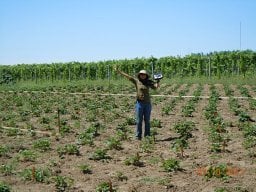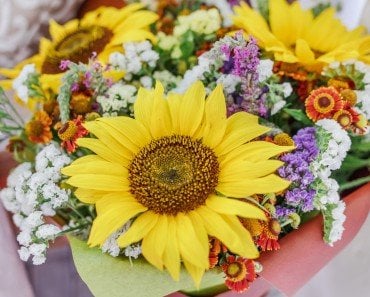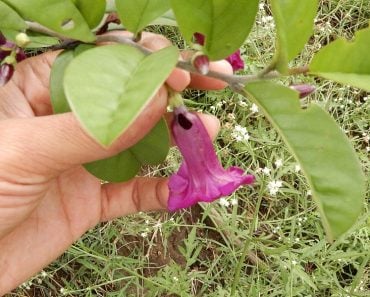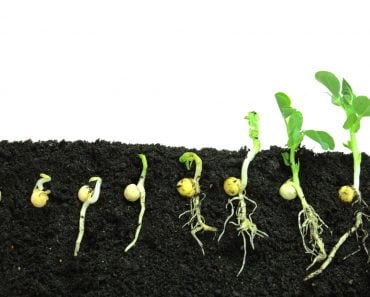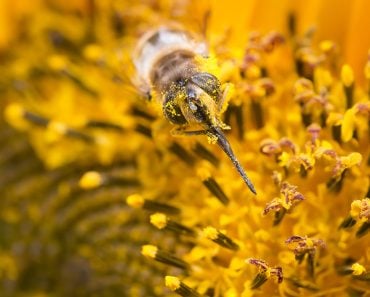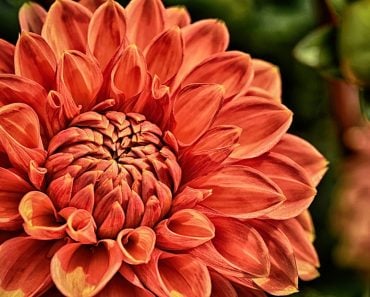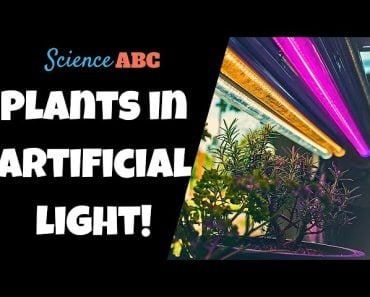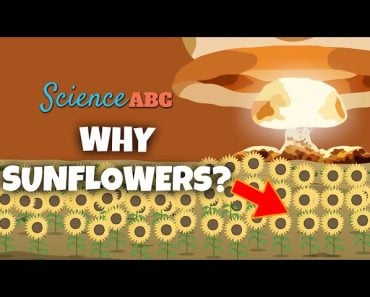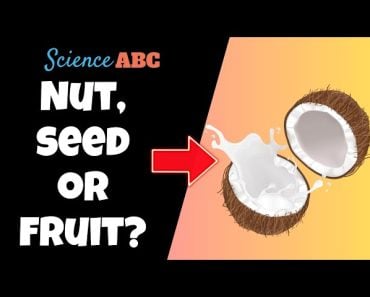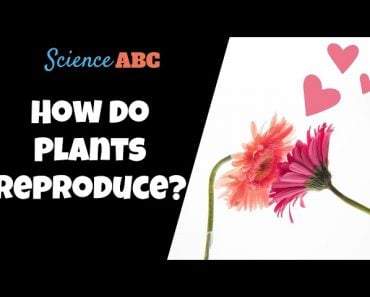Table of Contents (click to expand)
Flowers of many plants only bloom in certain seasons. Plants can sense the right time to flower from the length of the day, how much sunlight they get, the temperature, and internal conditions. Scientists have recently isolated a protein that is responsible for making plants bloom with flowers.
Daffodils flower in early spring, hydrangeas flower in summer, chrysanthemums flower in autumn-winter, and ixoras (West Indian Jasmine) flower all year round. How do plants know when it’s time to flower? It turns out that the plants respond to various environmental and developmental cues that inform them when it’s time to bloom.
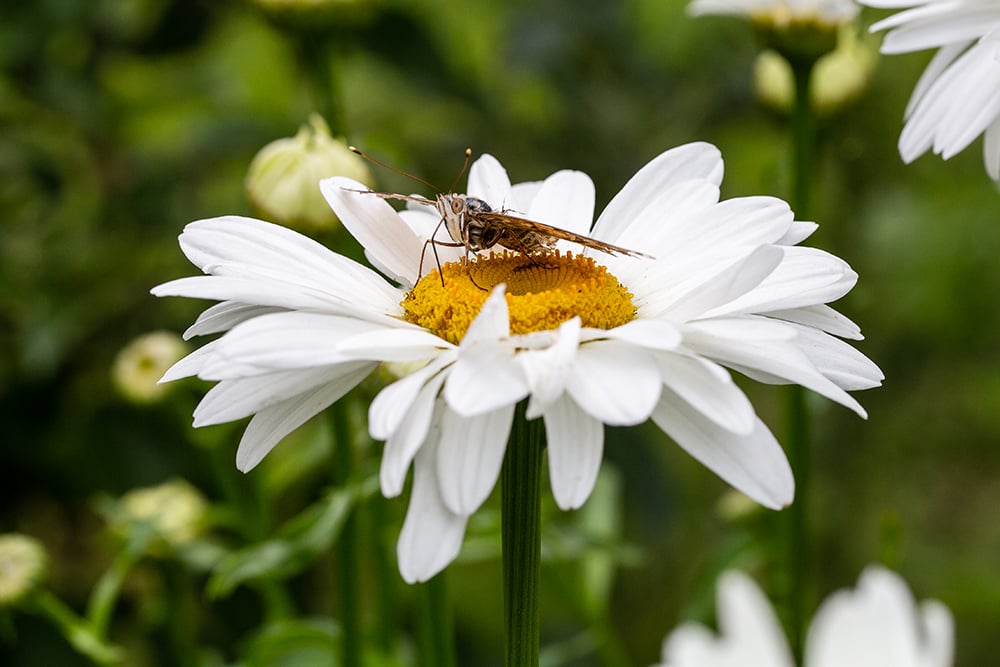
Plants need to produce flowers to reproduce and, hence, survive. When the flowers bloom, they are pollinated, which results in the mixing up of genes from other plants of the same species. Eventually, the flowers develop into fruits that contain seeds. The seeds dissociate from the parent plant and grow into new plants when the conditions are right. This maintains continuity of the species.
Plants invest a lot of resources into this entire process, so they must ensure that pollinators are available when the flowers bloom, and that the environmental conditions are favorable when fruits (and seeds) are ready so that they can grow into new plants. To do this, they need to make sure that the first step of the process—the flower initiation—happens at the right time.
Flower initiation happens in response to multiple signals, some of which come from the environment and some from within the plant. There are several signals that lead to flower formation, including day length, ambient temperature, overwintering, and hormones.
Obviously, not every species responds to every signal. However, plants often respond to multiple cues. For example, we might have a few warm days in winter, but the plant doesn’t get fooled into thinking that it is spring (time to flower) because it can detect the shorter day lengths.
Recommended Video for you:
Day Length
Day length or photoperiod is an important factor that determines flowering time in seasonal flowers. Plants detect changing seasons based on the length of the day.
Although plants are commonly categorized as long-day and short-day plants, they actually perceive the duration of darkness.
Short-day plants, such as chrysanthemums, flower in early spring in response to the shorter days (or long nights) of winter. On the other hand, strawberry varieties harvested in the summer will flower in response to the long days of that season.
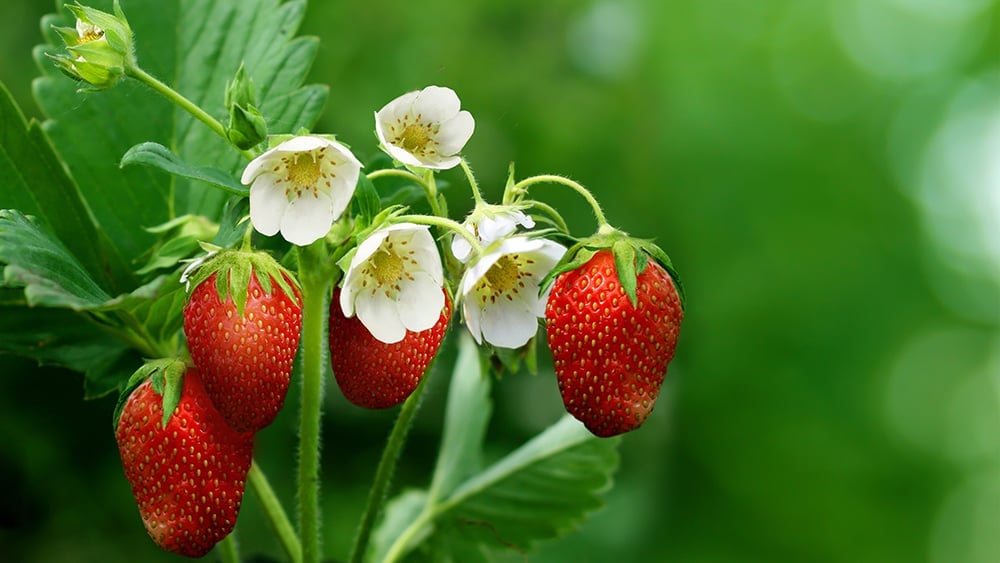
Quality Of Light
Plants perceive light quality through a pigment called phytochrome. Phytochrome is converted from an inactive form (Pr) to an active form (Pfr) in the presence of light. Pr absorbs red light and converts to Pfr, while Pfr absorbs far red light and converts to Pr.
Sunlight includes both red (wavelength 600-700 nm) and far-red light (wavelength 700-800 nm) light. Plants absorb both red and far-red light, but they only reflect far-red light.
Far-red light promotes the elongation of vegetative parts, whereas red light promotes flowering (in some plants). That is why plants growing in canopy shade tend to elongate to escape the shade before flowering.
Hormones
Gibberellins, a type of plant hormone, are involved in flower induction. In general, they promote flowering in long-day plants. Growers spray gibberellins on their plants to induce flower formation, for example, if they want to stimulate greater seed production.
This is a common practice among lettuce seed producers in California.
However, gibberellins also inhibit flowering in some species, such as citrus plants.
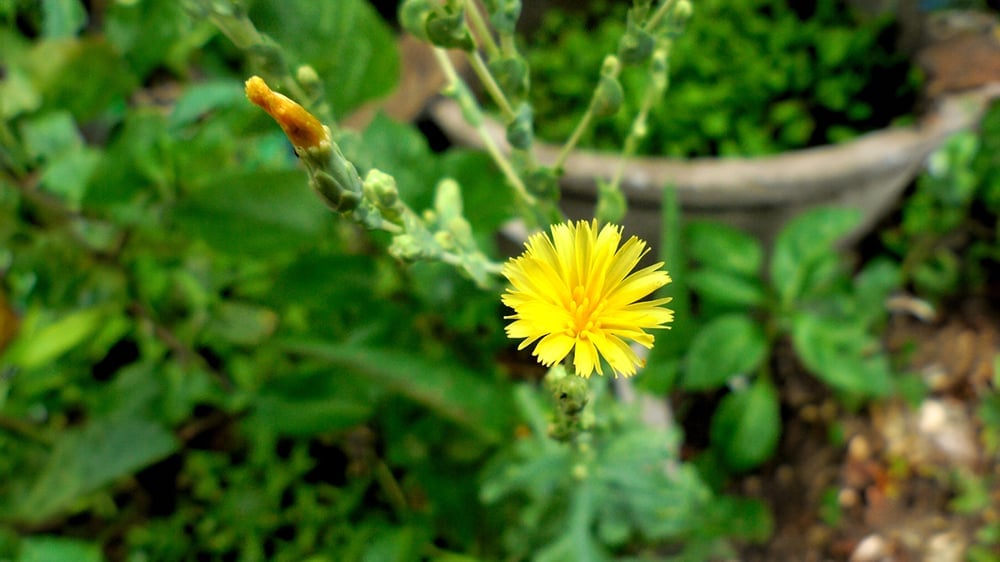
Cold Temperatures (Vernalization)
Some plants are induced to flower after they have experienced the cold temperatures of winter. Such plants prepare for flowering in the upcoming spring season by overwintering for a specific duration and at a sufficiently low temperature in winter. This process is called vernalization.
The plants flower when they have spent a certain minimum time under winter conditions and are then re-exposed to warmer temperatures in the spring. Sugar beets are examples of plants that require vernalization to flower.
Autonomous Pathway
Let’s suppose that the plant is growing and waiting for the right environmental conditions, but the right conditions never happen. In such cases, the plant puts out flowers anyway to fulfill its evolutionary responsibility. This flower initiation pathway in the absence of any other environmental cues is called an autonomous pathway.
All Roads Lead To Two Integrator Genes
Although the pathways to induce flowering may differ between species, they converge into two ‘integrator genes’. These are FT (FLOWERING LOCUS T) and SOC1 (SUPPRESSOR OF OVEREXPRESSION OF CO 1), which control the transition from a vegetative to a flowering state. This integration of flowering signals and a transitional step is conserved across species.
The FT gene produces the FT protein in the leaves, which then moves to the shoot apex, where flower buds are formed.
For years, scientists hypothesized that a mobile flowering signal regulated flowering time. They hypothesized that this mobile signal carried the ‘message’ to induce flowering to the shoot tips, which then transitioned to flower buds.
This signal was named ‘florigen’ by Russian scientist Mikhail Chailakhyan in 1937.
Since then, scientists have tried to understand the identity and function of florigen. It was only in 2007 that the FT protein was identified as florigen.
All the flower induction pathways: day length, quality of life, hormones, vernalization, and autonomous pathways send their signals to the FT protein. When the FT protein receives the message from these pathways that it is time to flower, this protein moves to the shoot tip, where the flower bud is formed and the plant prepares to bloom.
The molecular genetic control of flowering time is complex and involves numerous genetic and epigenetic factors that scientists are still uncovering.
Plants are immobile. They have to stay in one place and rough it out with the environmental conditions that surround them. Maybe that’s why nature has designed this intricate system involving multiple signals, with checks and balances in place, so that the flowers bloom when the environment is most conducive for them.
References (click to expand)
- Tsuji, H. (2017). Molecular function of florigen. Breeding Science. Japanese Society of Breeding.
- Kim, D.-H. (2020, February 21). Current understanding of flowering pathways in plants: focusing on the vernalization pathway in Arabidopsis and several vegetable crop plants. Horticulture, Environment, and Biotechnology. Springer Science and Business Media LLC.
- A Closer Look at Far-Red Radiation.
- Goldberg-Moeller, R., Shalom, L., Shlizerman, L., Samuels, S., Zur, N., Ophir, R., … Sadka, A. (2013, January). Effects of gibberellin treatment during flowering induction period on global gene expression and the transcription of flowering-control genes in Citrus buds. Plant Science. Elsevier BV.
- Rehman, S., Bahadur, S., & Xia, W. (2023, November). An overview of floral regulatory genes in annual and perennial plants. Gene. Elsevier BV.

